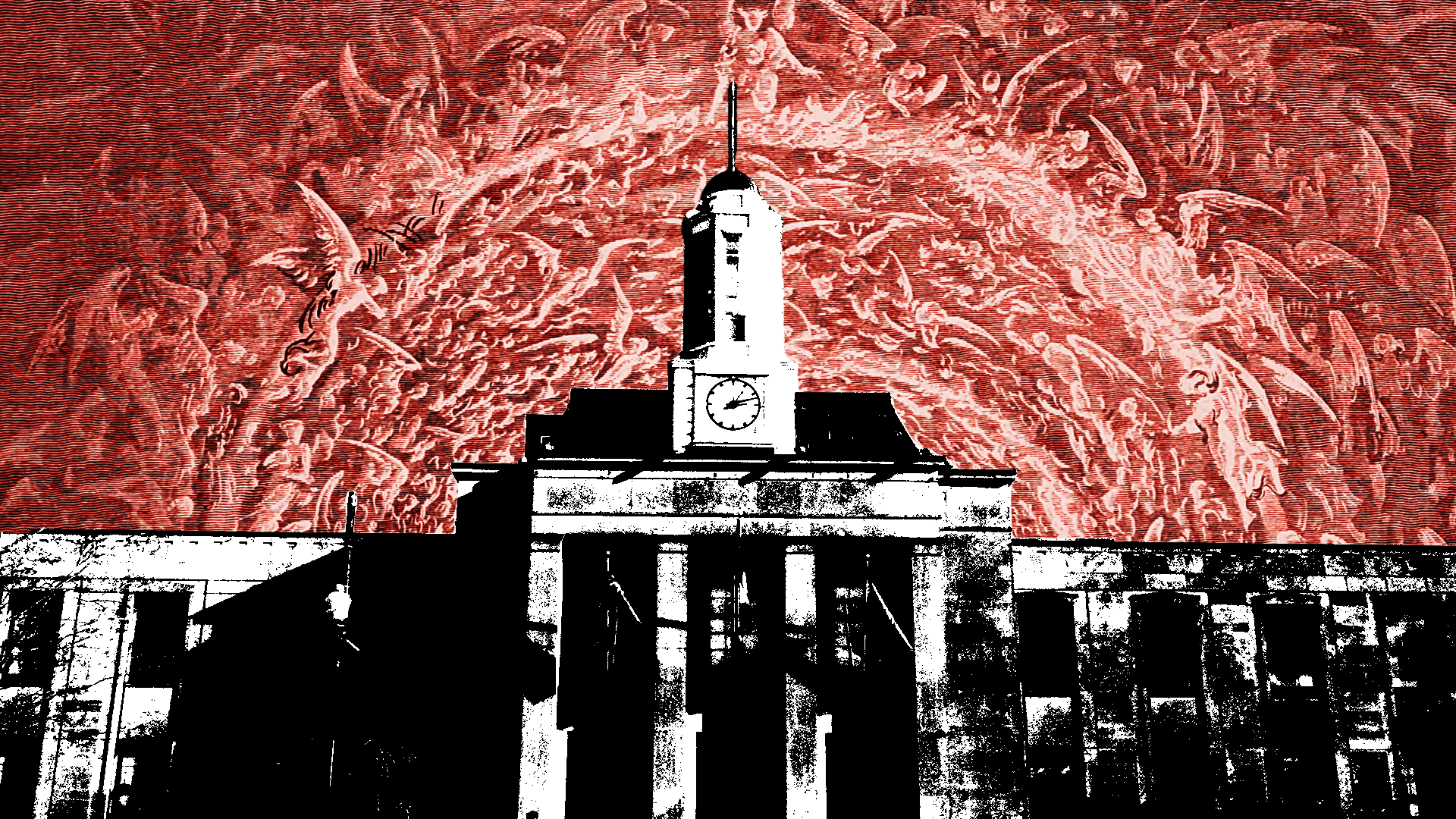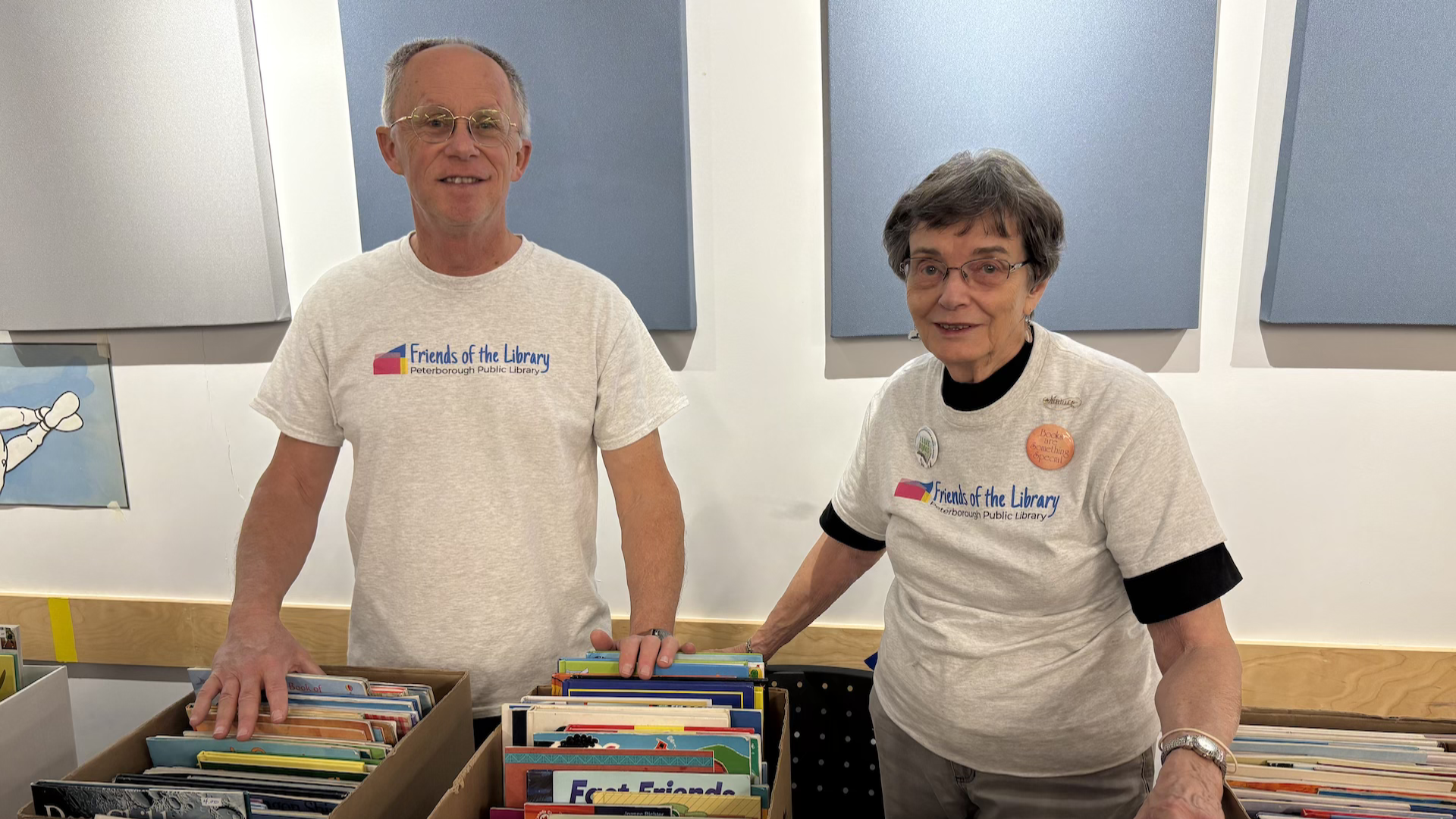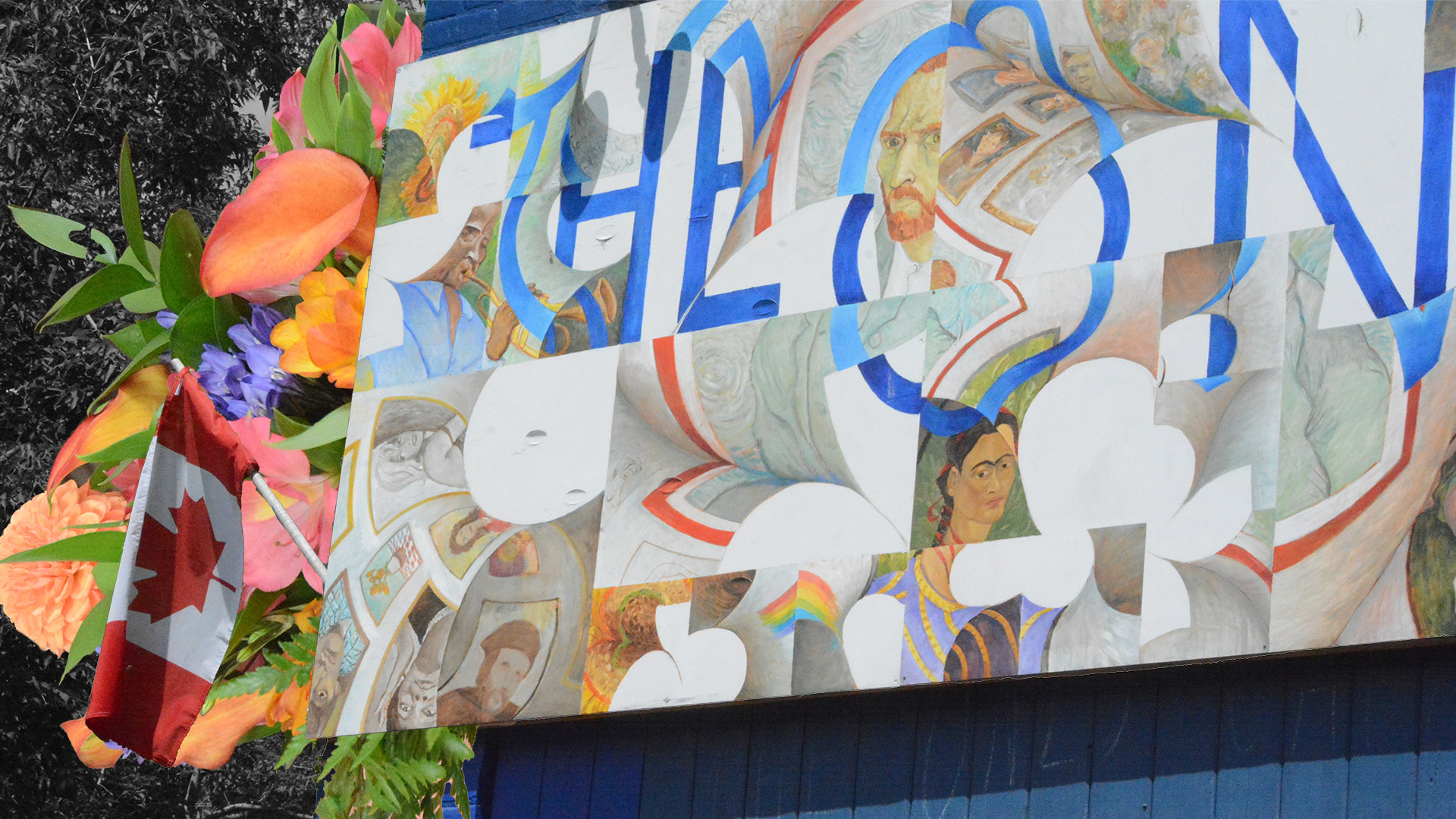Name gaye wabidi ndiniwemaag. Bawating gaye Obishkikaang ndoonjibaa. Ojibway Anishinaabeg ndaaw. Waaseyaa’sin ndizhnikaaz. Nogojowanong, Michi Saagiig Anishinaabegogamig migwe dodaa.
The preceding is an introduction in the Anishinaabe language that identifies me in a way that is significant to the Anishinaabeg, one of hundreds of Indigenous Nations in Canada and the United States. There is much that can be unpacked in this introduction; however, my focus is on “Nogojowanong, Michi Saagiig Anishinaabegogamig migwe dodaa.” When loosely translated, it means: “I live at the mouth of the river in the place where the Mississauga live and work; the place that was gifted to them.” I suspect that a majority of the Trent community knows this place as Peterborough, Ontario. What is interesting is that despite living here since 2006 and being engaged in decolonization and resurgence, it wasn’t until 2010 that I experienced another shift in my consciousness about where and with whom I was living.
As an Anishinaabe person, I claim Anishinaabegogamig (Great Lakes Region) as my always-and-forever home. For a long time I have thought and felt that decolonization (a fancy word for re-learning how to be ethical in relationships with ourselves, the people around us, and the environment) in part meant that non-Anishinaabeg living here must be respectful to Anishinaabeg in our homelands. Yet it means much more than that. It means remembering where they are, how they got here, why they are here, and that people acquire and maintain a constant conscientiousness about the implications of their presence with Anishinaabeg life and land. It means knowing the agreements and treaties that were made that allow them to be living here and/or accessing the resources that were gifted to Anishinaabeg. It means knowing the circumstances, conditions, and implications of those agreements and treaties from both Anishinaabeg and non-Anishinaabeg perspectives.
So this is what I have been thinking about over the years as I move here and there with my family. When I travel outside of my home, I carry the best of who we are as Anishinaabeg and remember that because I am in someone else’s home I must be respectful of them and their home. However, one day I realized that I was not just living in my home as Anishinaabeg, but rather I was living in my relatives’ home, relatives I didn’t even know I had. These relatives were the Michi Saagiig Anishinaabeg.
My limited understanding that I was only living in Peterborough but still within my homelands, paired with my lack of consciousness about the fact that I was living in the always-and-forever home of the Mississauga, blew me away. As a result, I am more conscientious about how I am complicit in the on-going, non-Mississauga interference with Mississauga life in Mississauga homelands. I wonder how I might mitigate my interference by contributing to Mississauga decolonization and resurgence while I am here. This shift has launched my family onto a steep learning curve of Mississauga landscapes, history, ways of life, relations with settlers, relations with Canada, and relations with other Indigenous Nations, such as the Huron, Wendat, and Haudenausonee. I’m learning about Mississauga sites of political, social, cultural, and ecological struggle, as well as continuing growth, and resurgence in rural and urban areas.
Deeply Indigenizing my understanding of where I am living and with whom I am living feels right. Being able to clearly name this place and the people of this place as Mississauga Anishinaageg(ogamig) is coherent with a particular principle in Trent’s Vision Statement that says, “We foster an environment where Indigenous knowledges are respected and recognized as a valid means by which to understand the world.” Moreover, it is ethical to deeply Indigenize our understanding of where we live and with whom we are living. This is particularly true at a university that has been a Canadian leader in Indigenous Studies and offers undergraduate and graduate programs through the department. It is also consistent with the ethos of a post-colonial and/or decolonizing critique of the worlds in which we live.
To be at Trent, in whatever capacity, is to know two truths about where we live: the popular truth that says, “I live in Peterborough, Ontario, Canada,” and the Indigenous Mississauga Anishinaabeg truth that says, “I live at the mouth of the river.” How we live with either or both truths will shape our individual and collective decolonization efforts locally and wherever we go in the world.


.png)


.jpg)


.jpeg)



.jpg)

.jpg)









.png)